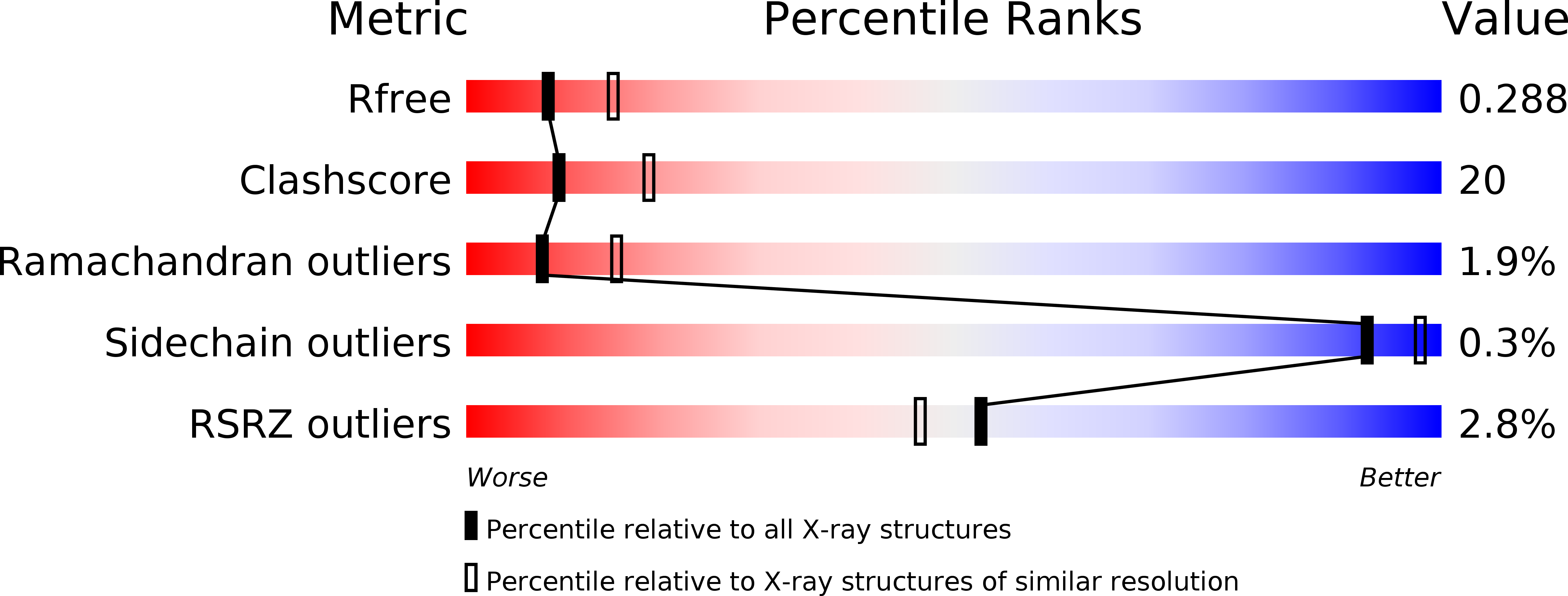
Deposition Date
2016-10-01
Release Date
2017-08-16
Last Version Date
2024-10-16
Method Details:
Experimental Method:
Resolution:
2.60 Å
R-Value Free:
0.28
R-Value Work:
0.21
R-Value Observed:
0.22
Space Group:
P 63 2 2


